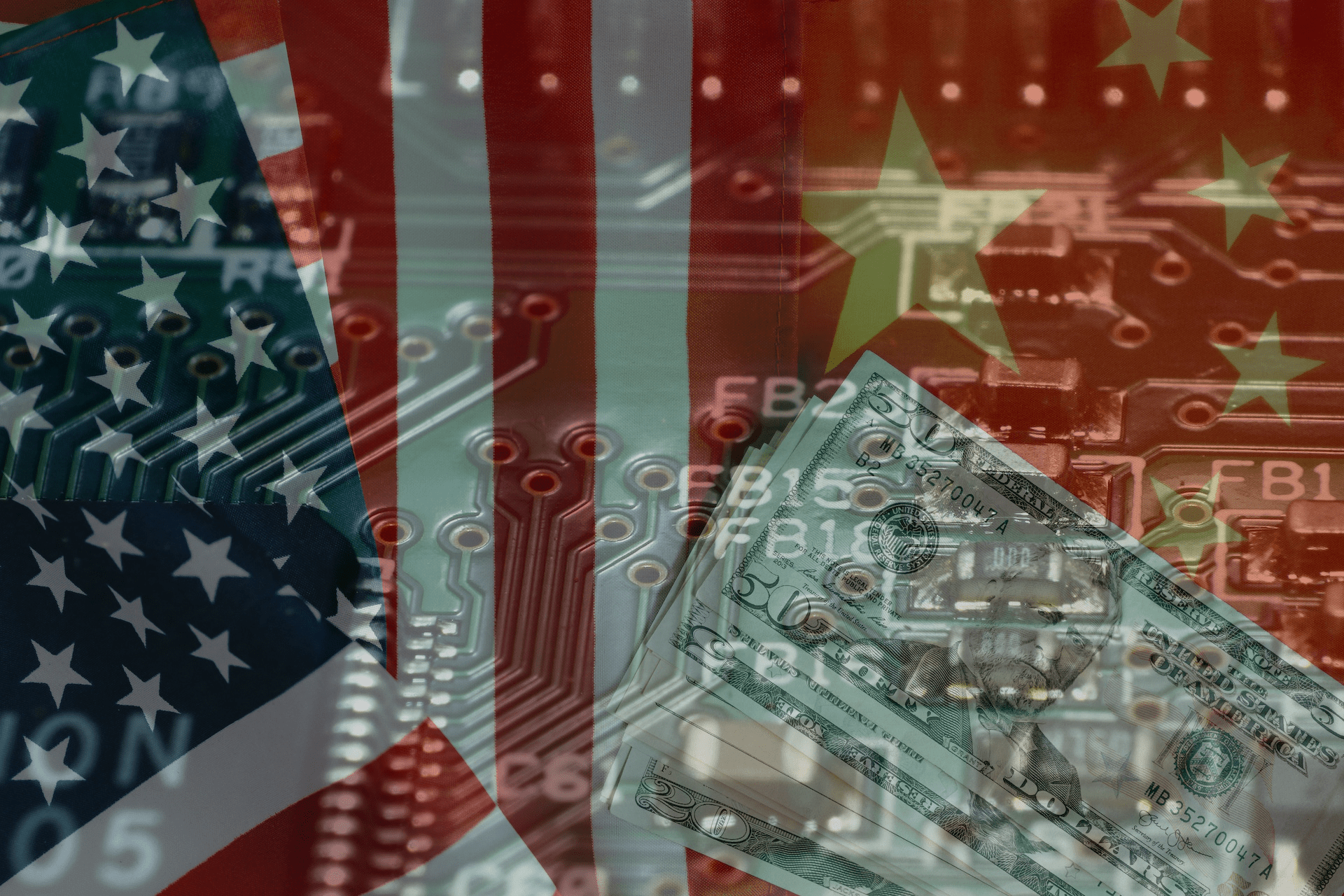China Announces $40B Semiconductor Fund in AI Race

China's New Investment Fund in Semiconductor Sector: A Strategic Response to Global AI Competition
Just when the world thought the landscape of technological competition couldn't get any more intense, China has announced a new, state-backed investment fund aimed at its semiconductor sector. The fund, slated to raise about $40 billion, is arguably China's most robust financial commitment to its chip industry. But why now? This announcement comes hot on the heels of the U.S. government's decision to expand export restrictions on AI chips, particularly those produced by tech giants like Nvidia and AMD. These parallel developments serve to underline the urgency and strategic importance both nations are placing on semiconductor and AI technologies.
China's semiconductor fund, known as the Big Fund, has been around in various forms since 2014. However, this new iteration of the fund is by far the largest, dwarfing its predecessors which raised $19 billion and $28 billion in 2014 and 2019, respectively. A primary focus of this fund will be to invest in equipment necessary for chip manufacturing. With the United States and its allies cutting off China's access to advanced chip-making equipment, this move appears to be a calculated step toward self-sufficiency.
According to insiders, the fund has recently gained approval from Chinese authorities. Although the details are still under wraps, China's finance ministry is expected to contribute a significant portion of the capital. While the identities of other contributors remain unknown, it's likely that state-owned entities will play a significant role, as they have in past iterations of the Big Fund.
What's most interesting is that these monumental steps are not being made in a vacuum. They come at a time when the United States is clamping down on the export of AI-specific semiconductor technologies to China. With AI being at the forefront of the next technological revolution, chips that power these AI systems are becoming geopolitical chess pieces.
The big question is, what does all this mean for the future of the global semiconductor and AI markets? The short answer: it's complicated. While the Chinese market has historically lagged behind in producing advanced chips, this new fund is a clear signal that China aims to close that gap—and fast. The United States, in tightening its export controls, is equally sending a message about the strategic importance it places on these technologies.
Global Ramifications of China's Big Fund
The semiconductor industry is more than just a lucrative business; it's a cornerstone of modern technology. From smartphones to data centers, chips are the building blocks that power our interconnected world. With the U.S. imposing export restrictions on AI chips, a vacuum is forming—one that China is eager to fill. The new Big Fund aims to accelerate China's semiconductor manufacturing capabilities and reduce its dependency on foreign suppliers.
However, this push for self-sufficiency has broader implications. The semiconductor industry is highly interconnected, with various countries specializing in different aspects of the supply chain. By aiming for self-sufficiency, China could potentially disrupt this global network. Companies that once supplied equipment or raw materials to Chinese firms may find themselves edged out, leading to economic ripple effects that could be felt worldwide.
Furthermore, the fund has implications for the balance of technological power. If China successfully ramps up its semiconductor industry, it could gain significant leverage in international markets, particularly those related to AI and 5G technologies. This could pose a challenge to U.S. dominance in these sectors, sparking a new dimension in the ongoing technological Cold War between the two nations.
Intersecting Strategies: U.S. Export Restrictions and China's Investment
The U.S. government's recent decision to expand export restrictions on AI chips is not merely a tweak in trade policy. It has ignited a global race for technological innovation. However, the restrictions are not just about curbing China's technological ambitions. There's also a national security angle, with concerns that Beijing could use advanced chips to bolster its military capabilities.
It's clear that both nations recognize the stakes involved. While the U.S. is leveraging its technological lead to restrict the spread of critical technologies, China is investing heavily to build its own capabilities. It's a high-stakes game where each side is making calculated moves to secure a technological advantage.
This new landscape begs the question: How will other players in the international arena respond? Japan and the Netherlands have already followed suit with the U.S., implementing similar restrictions against China. But what about other countries that are also players in the semiconductor or AI sectors? Will they align with the U.S. in restricting exports, or will they see an opportunity in China's massive investment?
In either case, the global competition for technological supremacy is heating up. Both China's new semiconductor fund and the U.S.'s export restrictions on AI chips indicate that the future of technology is likely to be shaped by geopolitical strategies as much as by innovation and market forces. As these two superpowers continue to make strategic investments and policy decisions, the global landscape of technology, trade, and even national security is set to undergo significant transformations.
As the chessboard is set, the moves made by these nations will not only define their technological capabilities but also shape the future of a world increasingly reliant on advanced technology. The chips, quite literally, are down, and the next move could very well dictate the trajectory of technological innovation for years to come.
